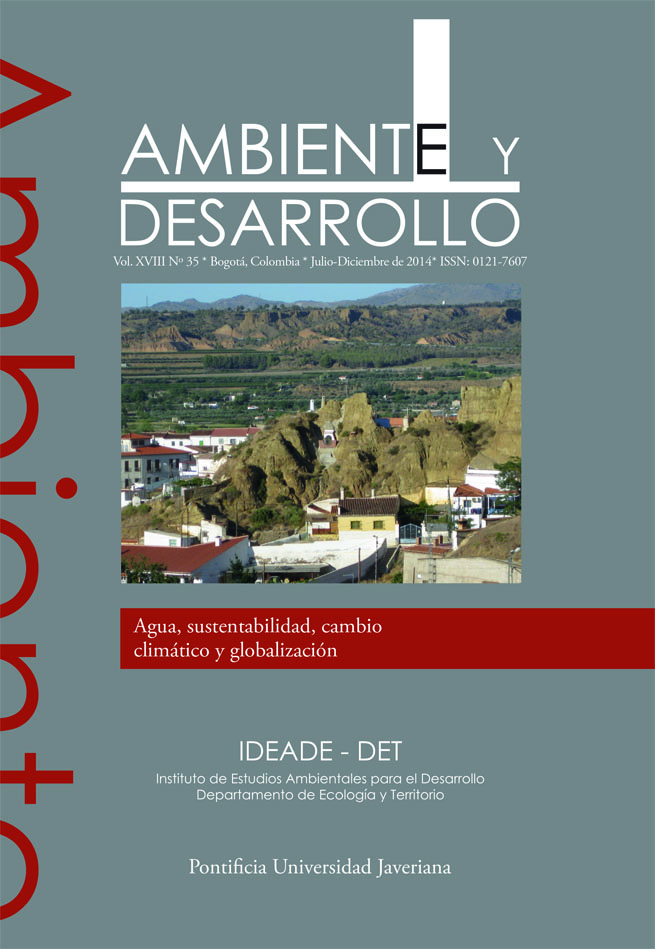Abstract
Las respuestas al cambio climático incluyen la adaptación, que aborda cómo resistira los impactos de las variaciones del clima, y la mitigación, que busca reducir la emisión de gases de efecto invernadero en la atmósfera, causa del cambio climático. A menudo, ambas respuestas se implementan de forma separada, aunque existe mucho potencial de sinergias entre una y otra, particularmente en el sector forestal, la agricultura y el uso del suelo. Este estudio analiza las oportunidades de vincularacciones de adaptación con las de mitigación, y viceversa, tomando como ejemplo casos de Perú. Se revisaron y mapearon proyectos e investigaciones científicas sobre adaptación y mitigación del cambio climático en los bosques, el uso de la tierra yla agricultura en Perú. Se obtuvo que la mayoría de las iniciativas e investigaciones relacionadas con la adaptación se ubica en las regiones sierra y costa, mientras que las de mitigación se encuentran en la selva. La marcada separación de los ámbitos geográficos entre iniciativas de adaptación y de mitigación sugiere que hay una pérdida de oportunidades de sinergias entre ambas estrategias para enfrentar al cambio climático.Ambiente y Desarrollo is registered under a Creative Commons Attribution 4.0 International Public License. Thus, this work may be reproduced, distributed, and publicly shared in digital format, as long as the names of the authors and Pontificia Universidad Javeriana are acknowledged. Others are allowed to quote, adapt, transform, auto-archive, republish, and create based on this material, for any purpose (even commercial ones), provided the authorship is duly acknowledged, a link to the original work is provided, and it is specified if changes have been made. Pontificia Universidad Javeriana does not hold the rights of published works and the authors are solely responsible for the contents of their works; they keep the moral, intellectual, privacy, and publicity rights.
Approving the intervention of the work (review, copy-editing, translation, layout) and the following outreach, are granted through an use license and not through an assignment of rights. This means the journal and Pontificia Universidad Javeriana cannot be held responsible for any ethical malpractice by the authors. As a consequence of the protection granted by the use license, the journal is not required to publish recantations or modify information already published, unless the errata stems from the editorial management process. Publishing contents in this journal does not generate royalties for contributors.


